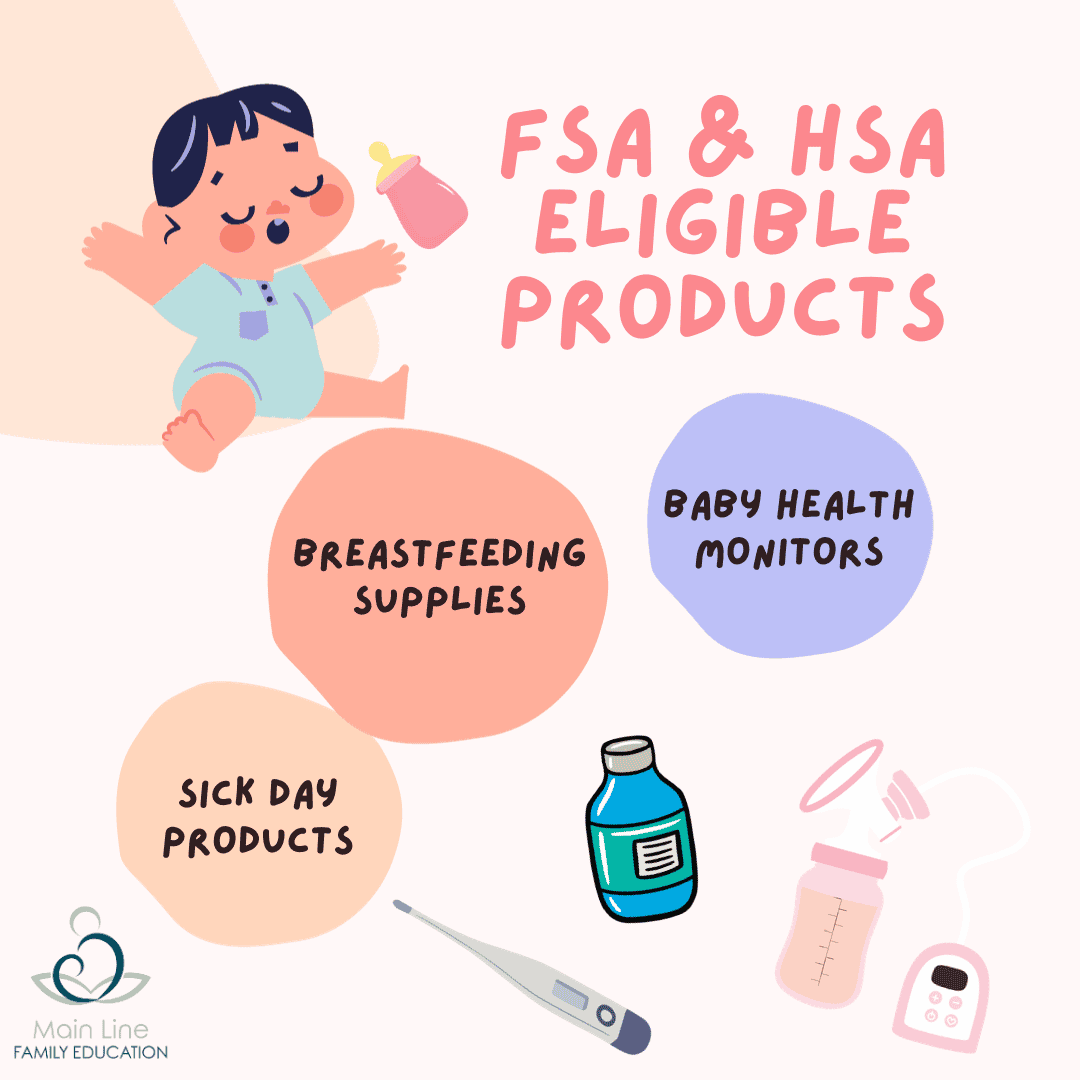Car Seat Safety: What To Know
Car seat safety is so important, but it can also be very overwhelming for new parents. How do you know which seat is best for your child and your family? How do you ensure that the seat is installed correctly? And what are some other things that new parents might not know? We’ve got you covered with these tips:
Choose the right car seat for your child’s age, weight and height
There are four types of car seats: rear-facing, forward-facing, booster and seat belt. Rear-facing car seats are for infants and toddlers up to 2 years old or more, depending on the seat’s weight limit. Forward-facing car seats are for children who have outgrown the rear-facing seat and are at least 2 years old. Booster seats are for children who have outgrown the forward-facing seat and are not yet ready for the seat belt alone. Seat belts are for children who are at least 4 feet 9 inches tall and can sit properly in the vehicle seat.
Install the car seat correctly in your vehicle
Install the car seat correctly in your vehicle. Read the car seat instruction manual and the vehicle owner’s manual carefully and follow the steps to secure the car seat with either the seat belt or the lower anchors, but not both. Do not use a car seat that is too loose or too tight in the vehicle seat. You should not be able to move the car seat more than 1 inch from side to side or front to back when you tug on it. If you need help with installing your car seat, you can find a certified child passenger safety technician near you who can check your car seat and teach you how to use it properly.
Buckle up your child properly in their car seat
Make sure the harness straps are at or below your child’s shoulders for rear-facing seats and at or above your child’s shoulders for forward-facing seats. Adjust the harness straps so that they are snug and flat against your child’s chest and over their hips, with no slack. The chest clip should be even with your child’s armpits. The buckle should lie flat on your child’s stomach, not on their thighs or near their groin. To check if the harness is tight enough, try to pinch a fold of the strap at your child’s shoulder. If you can pinch any excess material, the harness is too loose.
Replace your car seat when it expires or after a crash
Car seats have expiration dates that range from 6 to 10 years after the date of manufacture, depending on the brand and model. You can find the expiration date on the bottom of the car seat or in the instruction manual. Car seats expire because they can wear out over time, become outdated due to changing regulations and safety standards, or get recalled by the manufacturer for safety issues. You should also replace your car seat if it has been involved in a moderate or severe crash, even if it looks fine. A crash can damage the car seat and make it less effective in protecting your child.
Where to get a car seat check in our area
There are several locations where you can get a free car seat check by a trained technician. Some options near the Main Line Family Education studio in Devon, PA are:
- Pennsylvania State Police: This station offers free car seat checks by appointment at its location at 1342 W. Main Street, Norristown, PA, 19401. You can call (610) 279-1605 to schedule an appointment.
- Safe Kids Coalition: This organization hosts free car seat inspection events across the country, where you can meet with a certified technician who will check your car seat and teach you how to use it correctly. You can find a location near you by visiting this website and searching for your county.
- CHOP offers locations for in-person car seat checks and virtual car seat checks via video call. Register online here.
Not local to the Philadelphia area? Enter your zipcode here to find a inspection station or schedule to meet with a certified safety technician near you.







